Articles for Research Scholars
Articles for Research Scholars
-

Installing the Simulation Execution Manager for ns-3
Traditionally, in earlier days, a batch of ns-2 simulations were run using suitable scripting languages and the trace analysis was also done using scripts written in different scripting languages such […]
Articles for Research Scholars, ns-3, ns-3 Installation, Research, Uncategorized -

Procedure for Installing the NetAnim on New Apple Mac M1/M2.
Problem with Qt 5 on Apple Silicon M1/M2. The reason why Qt 5 may not work out of the box on Apple Silicon M1, M2, and M3 is primarily due […]
3D Network Simulations, Articles for Beginners, Articles for Research Scholars, ns-3, ns-3 Installation, Research, Unrestricted Articles -
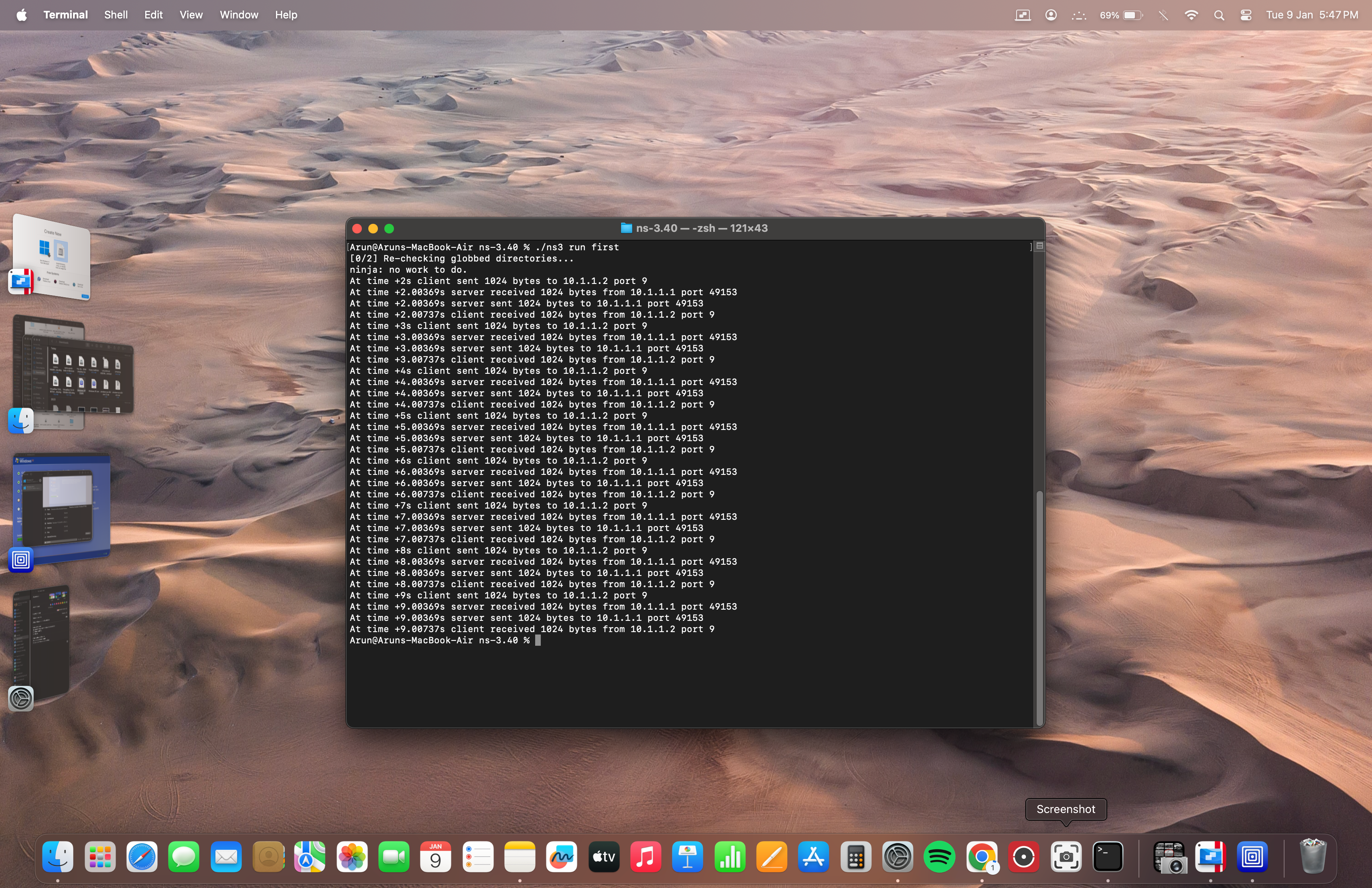
Procedure for Installing ns-3 (3.40) on New Apple Mac M1/M2.
Introduction. Always I love to build and run ns-3 simulations only on Intel-based Linux machines for ‘historical reasons’ of Intel’s multi-core performance; particularly in terms of compilation speed. So, most […]
Articles for Beginners, Articles for Research Scholars, ns-3, ns-3 Installation, Research, Unrestricted Articles -

Would an AI system replace an ns-3/ns-2 Developer or an Expert?
Introduction. While starting to learn ns-3 from its very first release, it was impossible for me to understand it for some inexpressible reasons. I explained “why it took around 10 […]
Articles for Beginners, Articles for Research Scholars, ns-2, ns-3, Omnet++, Research, Unrestricted Articles -

Issues on Implementing Localisation-based Routing Algorithms
Introduction to this Article. In fact, this article is a huge one. Without the proper introduction to different technologies, it is impossible to understand the issues of implementing a localization-based […]
Articles for Research Scholars, ns-2, ns-3, Omnet++, Research, Unrestricted Articles -

Rich Tracing Features available in ns-3 – Really a Strength? Or Weakness?
Introduction. Without any doubt, ns-3 has rich tracing support—it has more tracing features than any other simulator. Most above all, it has an excellent mechanism for grabbing any event from […]
Articles for Research Scholars, ns-3, Research, Unrestricted Articles -

Do not waste your time with ‘paper-ware’ models and algorithms.
A. Introduction. Definitely, we are not talking about ‘paperware’ that you see near to this paragraph!. Most of the published journal papers only talk about some imaginary thing. If the […]
Articles for Research Scholars, Electronics, ns-2, ns-3, Omnet++, Research, Unrestricted Articles -

Secrets of Using Cryptography in ns-3 using Crypto++ Library
Crypto++ Library Crypto++[1] is a free, open-source C++ library for cryptographic schemes originally written by Wei Dai and includes ciphers, message authentication codes, one-way hash functions, public-key cryptosystems, key agreement […]
Articles for Research Scholars, ns-3, ns-3 Installation, Research, Restricted Articles -

Starting a genuine research project and getting ready to get support for implementing it
In disciplines such as “Physics” and “Mathematics”, people dare to start a Ph.D degree. But most of the people who are studying ‘Computer’ related sciences, simply believe that they are […]
Articles for Research Scholars, ns-2, ns-3, Research, Restricted Articles -

Generating Genuine, Quality Tables & Graphs for Publication.
Based on my experience and interactions with lots of intelligent scholars from different parts of the world, I can definitely say that a Quality Table of results and a good […]
Articles for Research Scholars, ns-2, ns-3, Omnet++, Research, Restricted Articles -

Secrets of Using Fuzzy Logic in ns-2 using Fyzzylite Library
Why Software like Matlab should not be used for Designing and Testing a Network Protocol? The choice of using Matlab or similar tools for a Network Protocol-related research is not […]
Articles for Research Scholars, Experiments on Ns2, ns-2, Ns-2 Installation, Research, Restricted Articles -
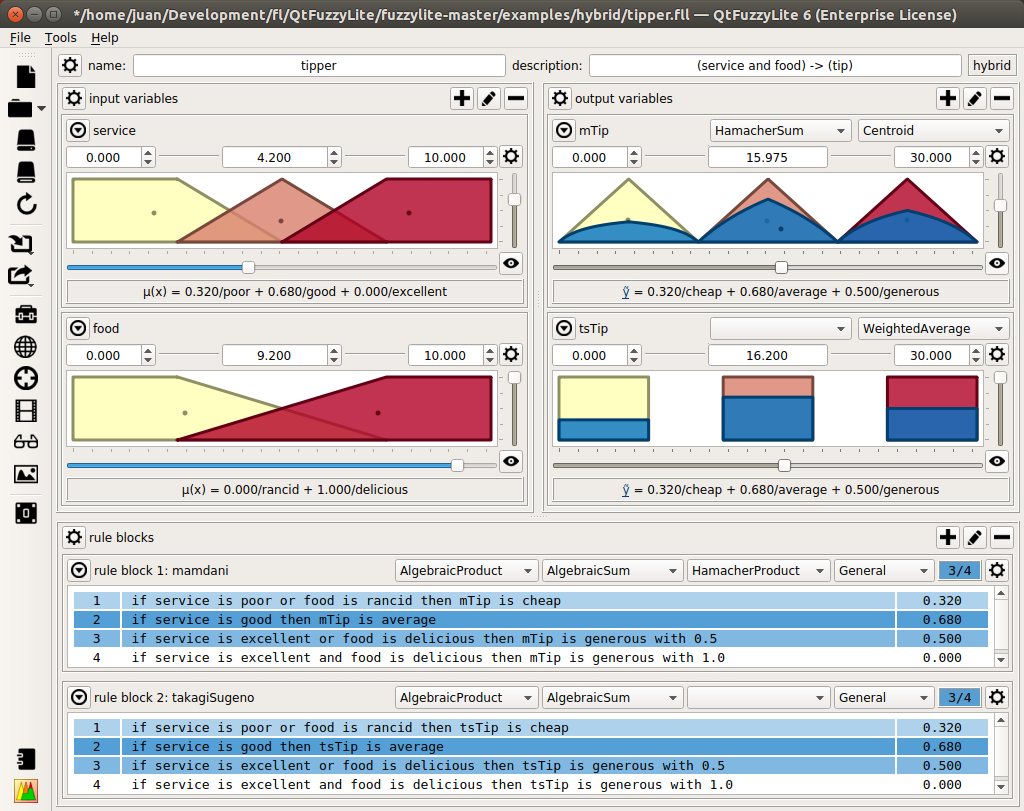
Secrets of Using Fuzzy Logic in ns-3 using Fyzzylite Library
In fact, using ‘waf’ based ns-3 compile, we can easily add an external library and use it in our ns-3 simulations. Doing the same under CMake is a little bit […]
Articles for Research Scholars, ns-3, ns-3 Installation, Research, Restricted Articles -

Confusions in Contributing Our New Model to mainline ns-3.
For a very long time, I wish to contribute my own little things to ns-3. But whenever I read the guide on contributing to ns-3, I could not able to understand […]
Articles for Research Scholars, ns-3, Research, Unrestricted Articles -

Ns-3 – Is it a Network Simulator or a Network Simulation(/Simulator) Library?
I started to discuss problems in understanding ns-3 in the article “What Makes ns-3 a Complex Thing to Understand and Use? “. I received answers and valuable comments from the ns-3 […]
Articles for Research Scholars, ns-3, Research, Unrestricted Articles -

What Makes ns-3 a Complex Thing to Understand and Use?
While starting to learn ns-3, most of us find it very difficult to understand. Particularly, if the student is already familiar with ns-2 or Omnet++ then it will even become […]
Articles for Research Scholars, ns-3, Research, Unrestricted Articles





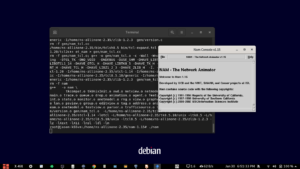




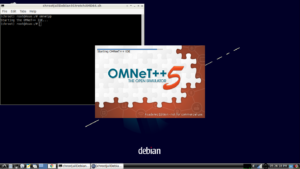



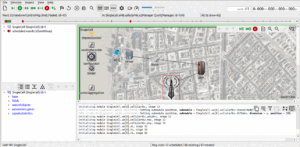
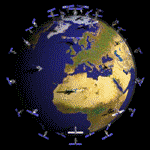




 Discuss Through WhatsApp
Discuss Through WhatsApp